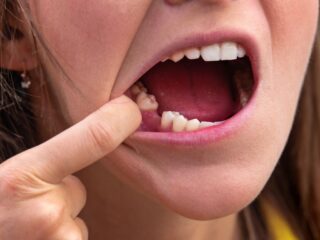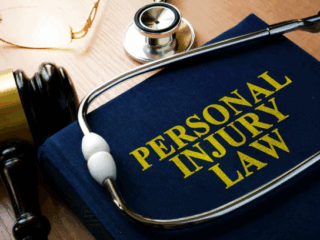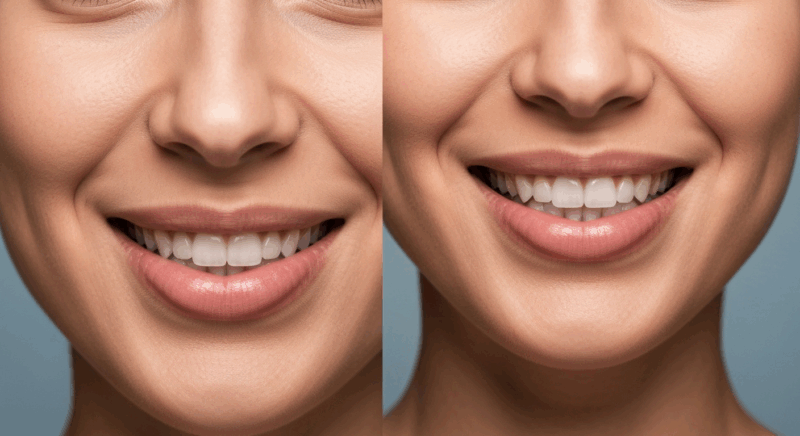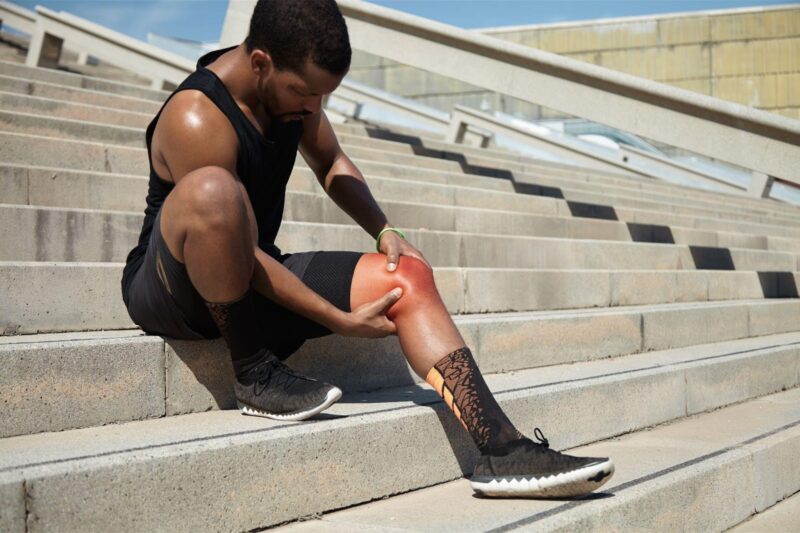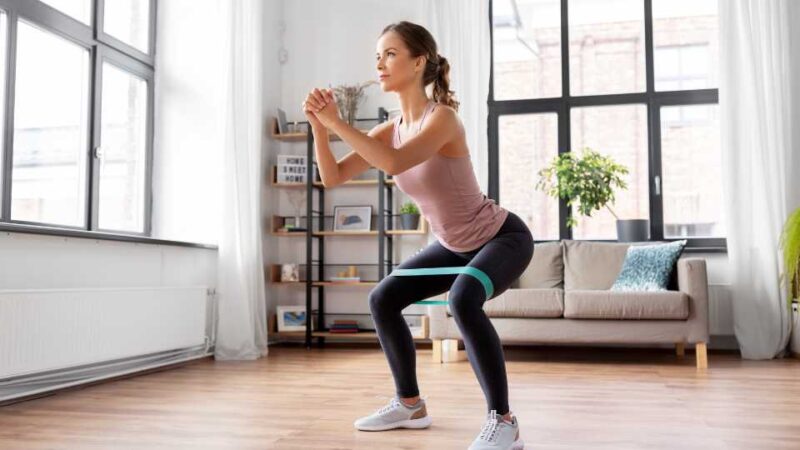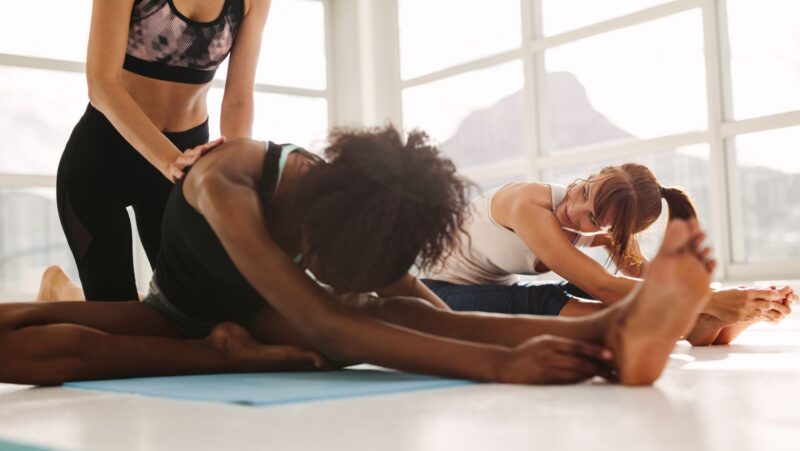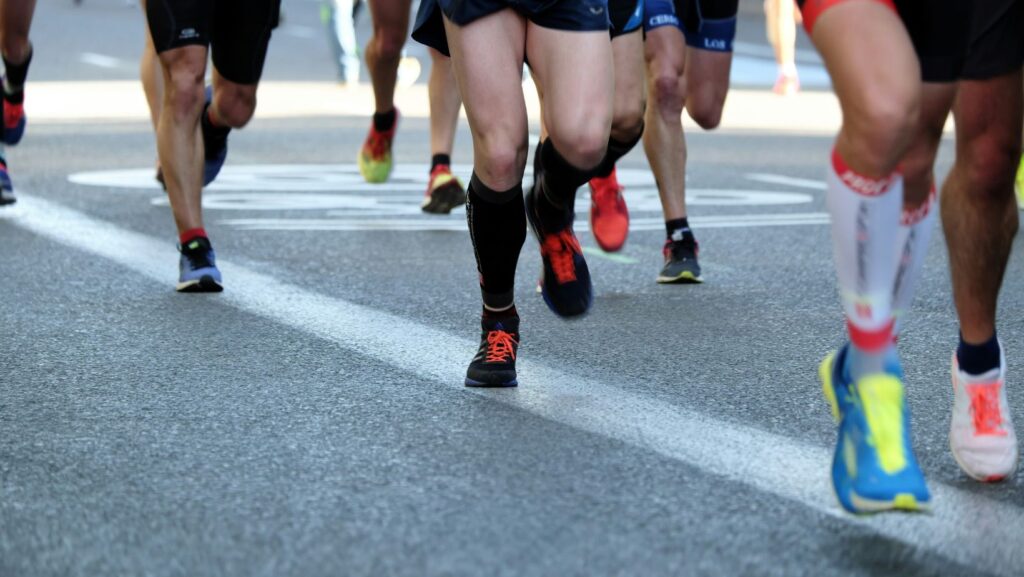
Running is one of the most popular workouts in the world since it’s an easy and affordable way to stay fit and healthy. It is estimated that about 621 million individuals run worldwide, with over 70 percent of runners wanting to stay in shape, while 26 percent run to train for a race. Running improves health in various ways since it can boost cardiovascular health, keep weight under control, and even improve mental wellbeing. However, it can also cause foot injuries and common foot conditions such as bunions, toenail fungus, and corns and calluses, among others. This is why proper care and running techniques are essential for comfort and overall foot health. Whether you’re training for a marathon or just running for fun, here is a guide to keep your feet in top running condition.
Prevent Bunions
Bunions are one of the most common foot conditions that can affect your running performance. It’s characterized by a hard lump on the side of your foot near your big toe, and it can cause pain and swelling while walking or running. According to foot health specialist Bente Smith-Rewse, runners with flat feet have a higher risk of developing bunions. “When you are flat footed, your foot moves into the middle and overpronates, and that puts extra pressure on the big toe,” she adds.
Bunions can form slowly, and it may take years before you see signs of swelling or experience pain. Prevent bunions by wearing shoes that aren’t too tight or narrow since your footwear can put pressure on the metatarsophalangeal joint, which can result in bunion formation. When shopping for running shoes, look for ones with a wide toe box to distribute weight evenly across your feet. If you have flat feet, look for the same type of shoe, but it should also have arch support to reduce pressure on your toes. After running, do some foot exercises to stretch and strengthen your joints, which may help to prevent bunions from forming.
If you already have bunions, reduce pressure by placing bunion pads around them before going for a run, or have a podiatrist create customized shoe inserts for you to minimize pain and discomfort. If extreme pain or swelling gets in the way of your running performance and daily activities, or if the bunion is causing deformity, consider going to a foot specialist for treatment. They may prescribe an operation for bunions, which can help to realign your feet and relieve pain.
Treat and Prevent Black Toenails
Do you ever wonder why your toenails look black after a few days of training? Some runners view their black toenails as a sign of dedication to their running practice. This condition is caused by repetitive trauma by running or wearing tight shoes, and while they may look unsightly, there’s no need to treat them since they won’t have a negative affect on your overall health. This means that you’ll only need to wait for your nails to grow so you can trim the discolored parts little by little. However, there’s a possibility that one or some of your black toenails may fall off. If that happens, apply antibiotic ointment or gel to the affected area, then cover it with a bandage. Do this for a few days until the new nails start to grow.
If you don’t want to deal with this foot problem again, there are some things that you can do to keep your toenails healthy. First, keep your toenails short so that the ends don’t hit the inside of your shoe while you’re running. You may also need to switch to running shoes with some wiggle room, and inspect your socks for signs of wear and tear. If the fabric is thinning or if your toenails are starting to poke through your socks, you may want to discard them and get new ones before your next run.
Pamper Your Feet After a Run
If you’re a seasoned runner, you probably know that you need to rehydrate, refuel, stretch, and do self-massage after a running session to recover. But see to it that you give your feet some much needed TLC too. After running, slip into recovery shoes to give your feet a break. Once you’re home, soak your legs and feet in warm water with Epsom salts. This will relieve puffiness in your feet and legs, and relax your muscles to reduce aches and pain. Dry your feet completely, and apply lotion to cool and moisturize. If you dislike the feel of heavy body moisturizers, choose soothing gels, or a lotion with a lightweight feel. Massage your feet with the lotion, then use a foot roller to improve circulation and alleviate discomfort.
Your feet deserve a lot of care before and after a good run. Consider the tips above to keep your feet happy and healthy, and see how these can help to improve your running performance.



